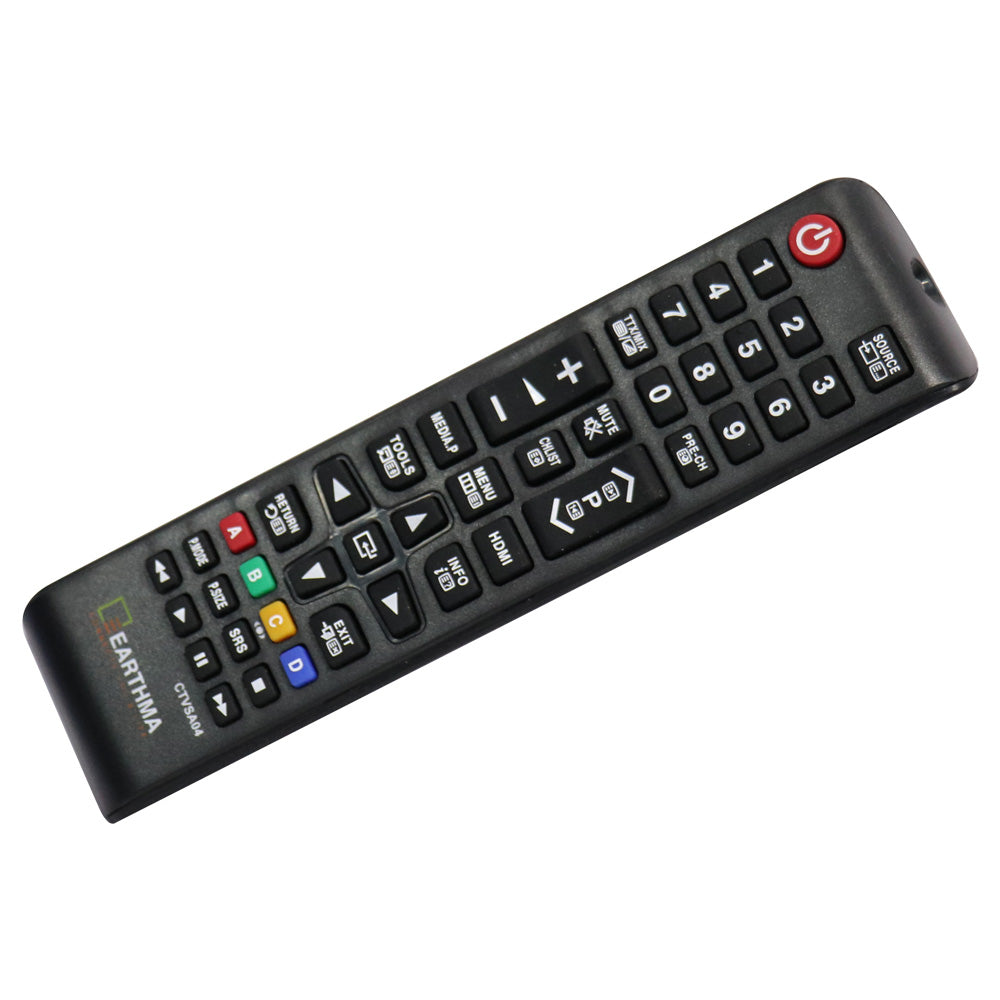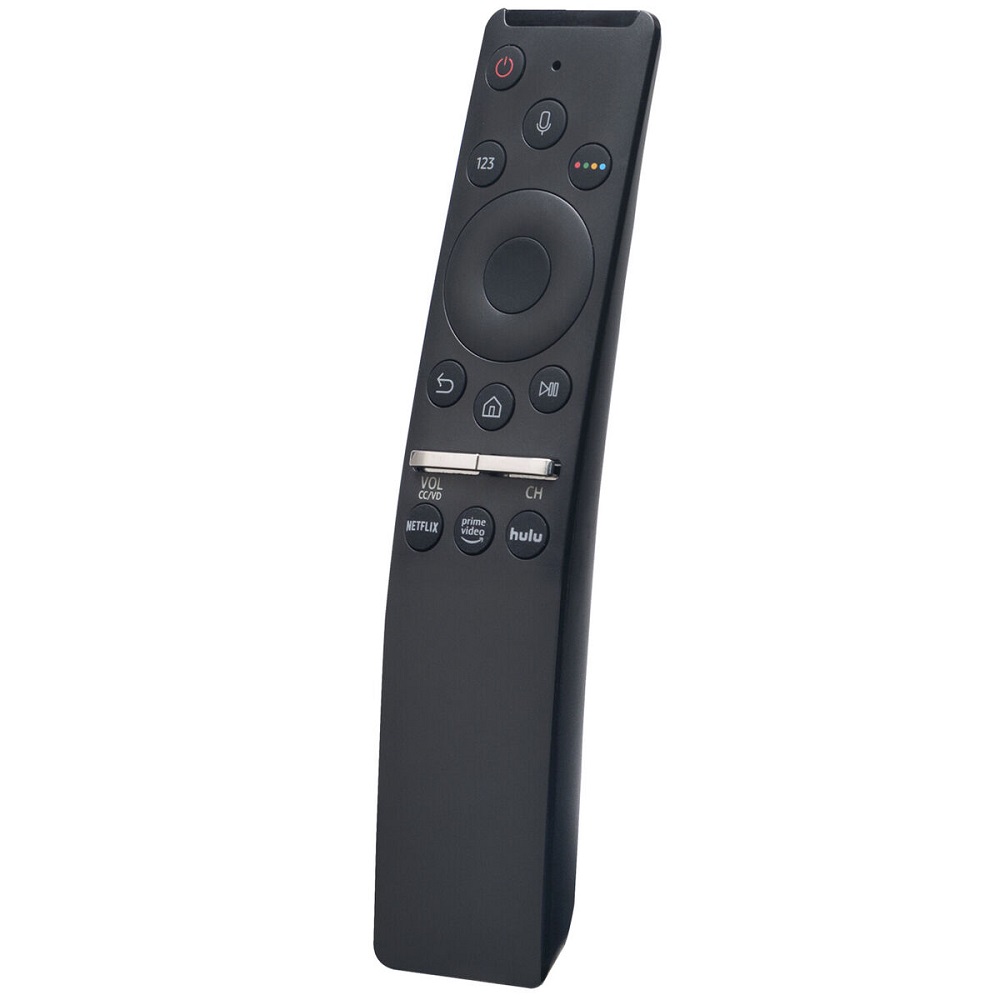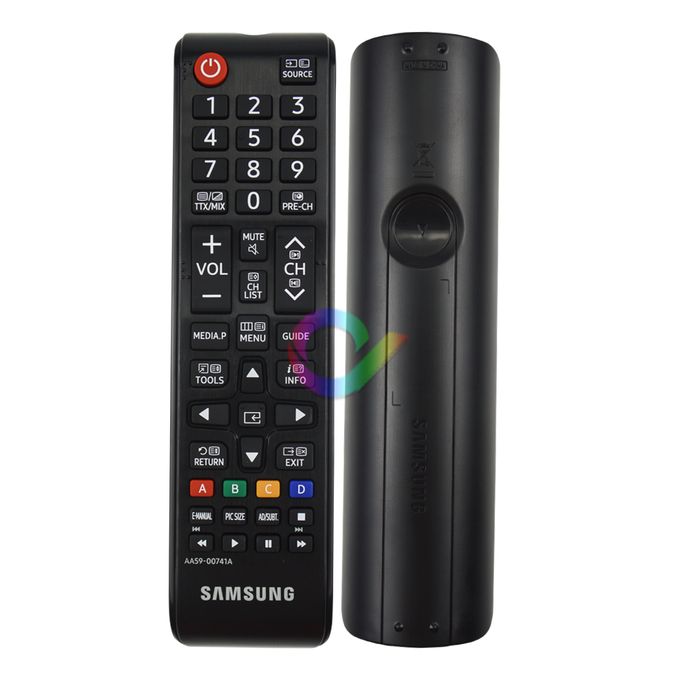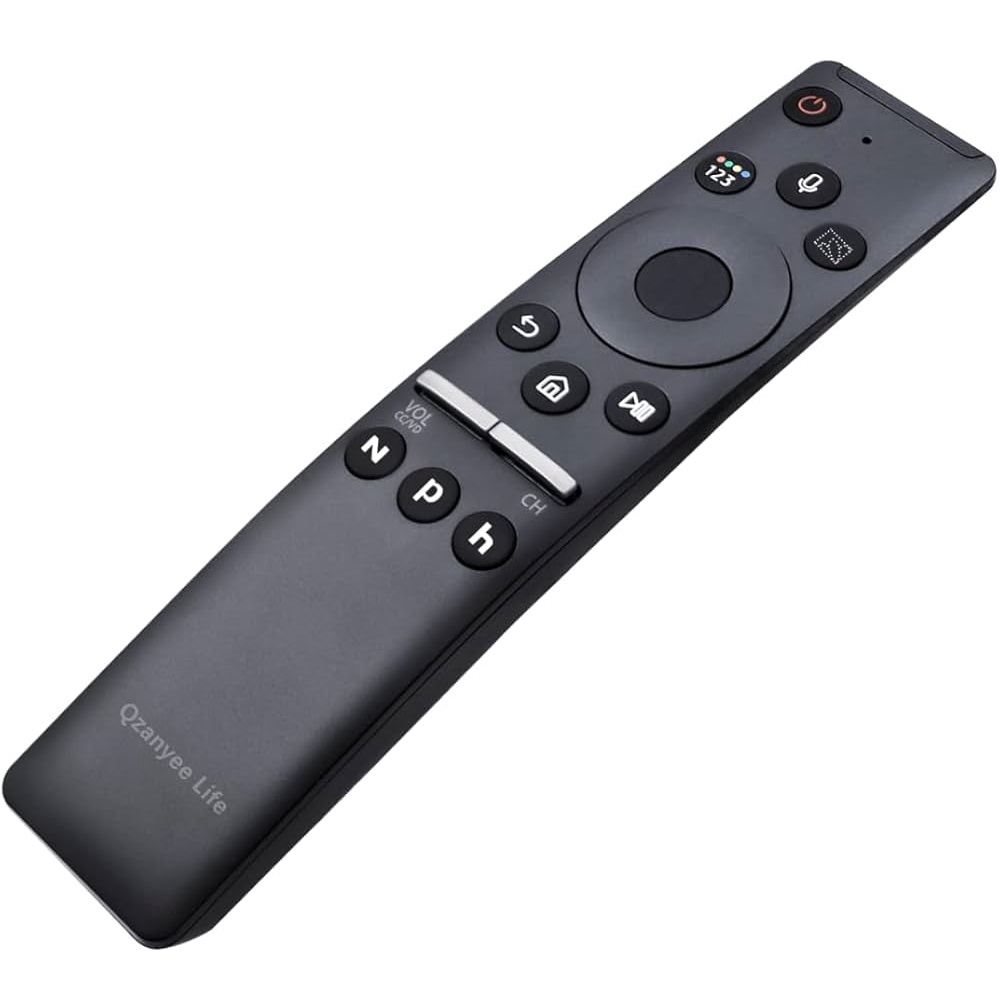Diagnosing Samsung TV Remote Problems
When your Samsung TV is not responding to the remote, it’s crucial to diagnose the issue accurately. Understanding the root cause of the problem can save you time and help resolve the issue more efficiently. Here are some common problems to check for:
- Dead Batteries: The remote may not function if the batteries are depleted. Replace them and try again.
- Damaged Remote: A dropped or physically damaged remote could result in loss of functionality. Inspect for visible signs of damage.
- Dirty Sensor: Dirt or grime on the TV’s sensor or the remote’s emitter can prevent signal transmission.
- TV Software Glitches: Sometimes the issue may lie within the TV itself. A software hiccup can cause unresponsiveness.
- Unpaired Remote: For smart remotes, loss of pairing can occur, needing a reconnection to the TV.
- Signal Interference: Objects blocking the path or electronic interference can disrupt the signal path from the remote to the TV.
- Distance Issues: Using the remote too far from the TV can weaken the signal, causing poor response.
- Outdated TV Firmware: An outdated firmware might become incompatible with the remote signals.
- Physical Damage to the TV’s IR Sensor: A damaged IR sensor on the TV may not receive signals from the remote.
Check each of these issues systematically to pinpoint the cause. Once identified, you can apply the appropriate solution to fix your Samsung TV remote problem.
Quick Fixes for Immediate Remote Response
When you need a quick fix for a Samsung TV not responding to your remote, try these steps:
- Reset the Remote: First, take out the batteries from your remote. Then, press and hold the power button for about 10 seconds. Doing this drains any residual power and can clear minor glitches.
- Check Battery Power: Replace old batteries with new ones to ensure your remote has enough power. Weak batteries often cause unresponsiveness.
- Power Cycle Your TV: Turn off your Samsung TV. Unplug it from the wall socket, wait for a minute, then plug it back in. This can also refresh the system.
- Clean the Sensor: Gently wipe the sensor on your remote and TV. Make sure there’s no dirt blocking the signal.
- Unblock the Signal: Remove any items that might block the path between your remote and TV. Clearing the way helps improve signal reach.
- Closer Proximity: Try using your remote nearer to the TV. Get within 15 feet for best response. Distance matters.
These simple steps often provide immediate relief and can restore full remote functionality. If the issue persists, you might need to delve into more detailed troubleshooting or consider repairing or replacing your remote.
How to Reset Your Samsung TV Remote
Resetting your Samsung TV remote can often resolve issues where the remote is unresponsive. It’s a simple process that can re-establish communication between your remote and TV. Follow these steps to reset your remote:
- Remove the Batteries: Open the battery compartment. Take out the batteries from your remote.
- Press the Power Button: Locate the power button on the remote. Hold it down for at least 10 seconds. This discharges any residual current.
- Reinsert the Batteries: Place new or confirmed-to-work batteries back into the remote. Ensure proper orientation according to the +/- symbols.
- Test the Remote: Point your remote at the TV and press the power button. Check if the TV responds.
By following these steps, your Samsung TV remote should be reset and functioning. If the TV still doesn’t respond to the remote, consider other troubleshooting methods listed in this guide.
Battery Replacement for Your Remote
Replacing the batteries in your Samsung remote is a common fix for unresponsiveness. Before you start, ensure you have the correct replacement batteries. Here’s how to do it:
- Open the Battery Compartment: Slide off the back cover or press the release.
- Remove Old Batteries: Take out the batteries carefully, noticing their orientation.
- Insert New Batteries: Place new batteries in the compartment. Match the + and – signs correctly.
- Close the Compartment: Replace the cover securely so there’s no gap.
- Test the Remote: Aim it at your Samsung TV and press any button. Check for response.
Fresh batteries can make your Samsung TV remote work like new. If the remote still isn’t responding, read on for more troubleshooting tips.
Restarting Your Samsung TV to Restore Remote Functionality
In some cases, simply restarting your Samsung TV can get your remote working again. If your Samsung TV is not responding to your remote, take the following steps to perform a restart and restore functionality:
- Power Off Your TV: Press the power button on the TV to turn it off.
- Unplug the TV: Disconnect your TV from the power source completely.
- Wait a Moment: Leave the TV unplugged for about a minute. This gives the TV time to reset.
- Plug It Back In: Reconnect your TV to the power outlet.
- Turn On Your TV: Use the power button on the TV to switch it back on.
- Test the Remote: Point the remote at the TV and press the Power button or any other button to check for a response.
This simple restart process can solve temporary software issues that might be causing the remote to not be recognized by your Samsung TV. Remember, if restarting doesn’t help, refer back to our previous troubleshooting steps or continue reading for more in-depth solutions.
Cleaning the Remote’s Sensor for Better Signal Transmission
Cleaning the sensor on your Samsung remote can enhance its signal transmission. Dust, dirt, or any residue obstructing the sensor can lead to your Samsung TV not responding to the remote. Follow these steps to clean the remote’s sensor effectively:
- Use a Soft Cloth: Find a soft and dry cloth for cleaning.
- Gently Wipe the Sensor: Carefully clean the sensor area at the top of the remote.
- Avoid Harsh Chemicals: Don’t use liquid cleaners or alcohol as these can damage the sensor.
- Re-test the Remote: After cleaning, try using the remote again to see if the TV responds.
By ensuring that the sensor on your remote is clean, you maximize the chances of clear signal transmission to your Samsung TV. If cleaning the remote’s sensor doesn’t solve the problem, you might need to explore other troubleshooting options listed in this guide.
Re-Pairing Your Samsung Smart Remote
If your smart remote and Samsung TV have lost connection, re-pairing may be the solution. Follow these simple steps to re-pair:
- Locate Required Buttons: Find the ‘Return’ and ‘Play/Pause’ buttons on your smart remote.
- Simultaneous Pressing: Press and hold both buttons simultaneously for 3 seconds. Wait for the pairing message on your TV.
- On-Screen Instructions: A pop-up window should appear on your TV. Follow the on-screen prompts to finish re-pairing.
After re-pairing, test the remote by trying to navigate your TV’s menu. If successful, your remote is now paired correctly. If your Samsung TV is not responding to the remote, proceed to the next troubleshooting step.
Removing Obstructions and Interferences
Eliminating any barriers between your Samsung TV and its remote can solve unresponsiveness issues. Interferences can block the signals. You should ensure a clear pathway for the best remote performance.
- Clear the Path: Make sure there are no objects in the line of sight between your remote and TV.
- Remove Interference: Electronic devices can interfere with remote signals. Move them away from your TV.
- Check for Blockages: Reposition any furniture that may block the remote’s signal to the TV’s IR sensor.
A clear line and minimal interference are key to smooth remote functionality. If your Samsung TV is still not responding to the remote, you may need to consider further troubleshooting steps.
Moving Closer to Your Samsung TV for Stronger Connection
Sometimes, the simplest solution is to move closer to your Samsung TV. A remote’s range can be limited, and using it far from the TV can weaken the signal. Here’s how to ensure a stronger connection between your Samsung remote and TV:
- Reduce Distance: Try operating the remote within 15 feet of your Samsung TV.
- Reposition Yourself: Avoid angles that may obstruct the signal path from the remote to the TV.
- Check the Range: Be aware of your remote’s maximum operating range and stay within it.
By minimizing the distance and ensuring a clear path, you improve the chances of your Samsung TV responding to the remote. If moving closer doesn’t help, move on to the next solution.
Updating Your Samsung TV’s Software
Outdated software on your Samsung TV can cause problems with remote responsiveness. A software update may bring improvements that fix issues with the remote’s functionality. Here’s how you can update your Samsung TV’s software:
- Turn on Your TV: Ensure that your Samsung TV is powered on.
- Access the Menu: Press the ‘Menu’ or ‘Home’ button on your TV.
- Navigate to Settings: Use the TV’s buttons to go to ‘Settings’ then select ‘Support’.
- Software Update: Look for the ‘Software Update’ option and select it.
- Start the Update: If there’s an update available, choose ‘Update Now’ to begin the process.
- Wait for Completion: The TV will download and install the update. Don’t turn off the TV during this time.
After the update is complete, try using your remote to see if the Samsung TV responds now. If not, you may need to investigate further for possible physical damages or consider a factory reset as a last resort.
Inspecting the Remote for Physical Damage
When your Samsung TV is not responding to the remote, physical damage is one reason to consider. Check for any signs of wear and tear that may hint at internal issues. For instance, look for cracks, dents, or heavy scratches on your remote. Here’s a step-by-step guide to inspect your remote:
- Listen for Rattling Noises: Gently shake the remote near your ear. If you hear rattling, a component inside might be loose or broken.
- Examine the Buttons: Press each button to feel for proper feedback. Stuck or unresponsive buttons could signify a problem.
- Inspect the Battery Compartment: Check for corrosion or damage in the battery area. Battery leaks can lead to remote malfunction.
- Look at the IR Emitter: Check if the top part of the remote, where the IR emitter is housed, is clean and undamaged. Scratches or dirt here can block the signal.
- Test for Responsiveness: After ensuring the remote is in good physical shape, point it at your TV and press any button. If there’s no response, the problem may be inside.
If you find physical damage, you might need to replace the remote. Minor issues, like dirty buttons, could just require thorough cleaning. Remember, a damaged remote often leads to ineffective signal transmission to the TV.
When to Perform a Factory Reset on Your Samsung TV
If the previous steps have not solved your remote issues, a factory reset may be needed. A reset can clear any settings or errors that are causing problems for your Samsung TV not responding to the remote. Consider a factory reset in these situations:
- Persistent Software Glitches: If restarting the TV did not fix the software issues, a reset might.
- After a Firmware Update: Sometimes updates cause settings to conflict. Reset to start fresh.
- In case of a Malfunction: If other methods have failed and the TV is still not responsive.
- When Selling the TV: If you’re passing on your Samsung TV, reset it for the new owner.
To perform a factory reset, use the buttons on the TV itself. Follow the on-screen steps. The TV will return to its original settings. You’ll need to set it up again as if it were new.
Remember, this step will erase all your customized settings and accounts. Use it only as a last resort. After the reset, try using the remote again. If it still does not work, the issue might be with the remote and not the TV.



